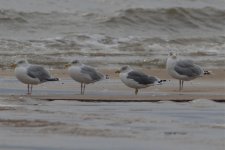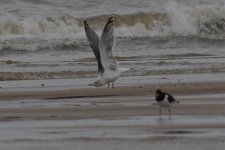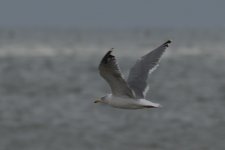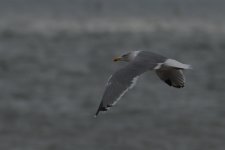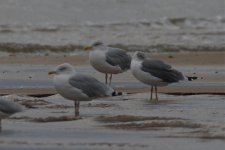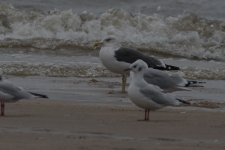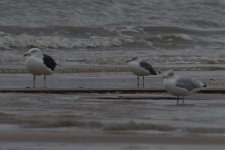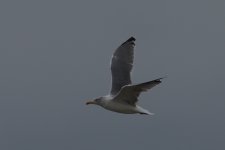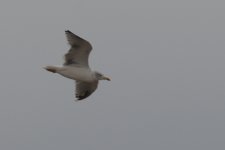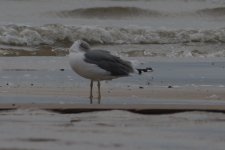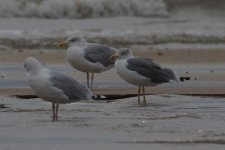Stonefaction
Dundee Birding....(target 150 in 2024).

Posted this in Gulls subsection at end of September but no resolution to ID there (and little input). Appreciate any comments as to identification. Thoughts are between a HG x LBBG hybrid, or possibly a small race YLG (though 'omissus' HG possibly also an option). Bird was seen on a rather dull overcast morning roosting with a flock containing a mix of gulls and stood out as different being halfway in shade between HG and LBBG (both present) and with yellow legs, on 30th September. There are a few other photos on the thread below - including 1 showing the LBBG to compare mantle tone.
https://www.birdforum.net/showthread.php?p=3902216#post3902216
https://www.birdforum.net/showthread.php?p=3902216#post3902216




